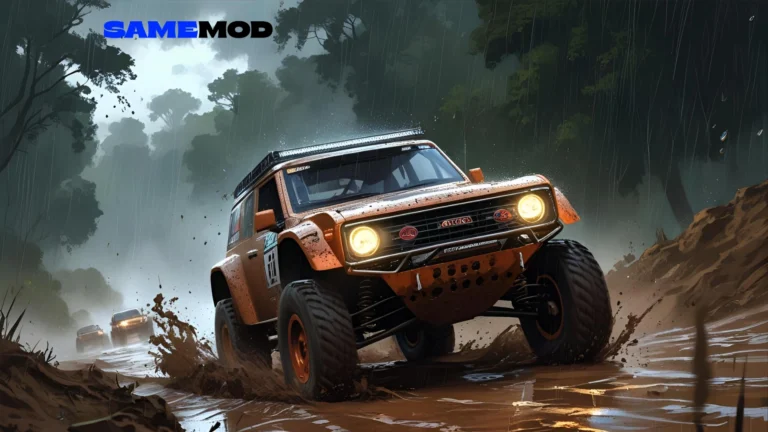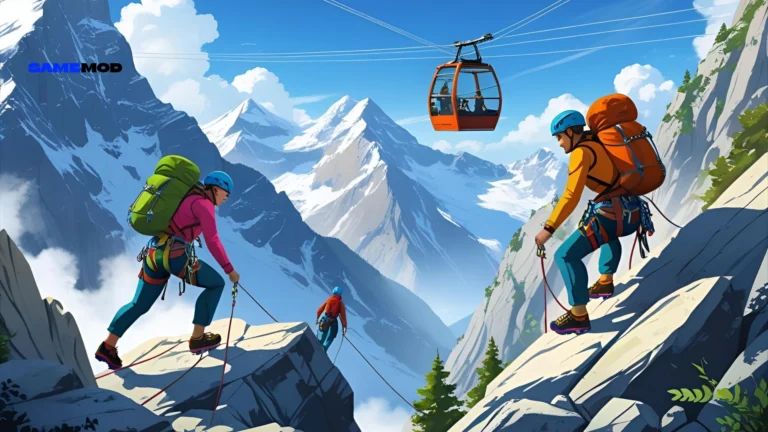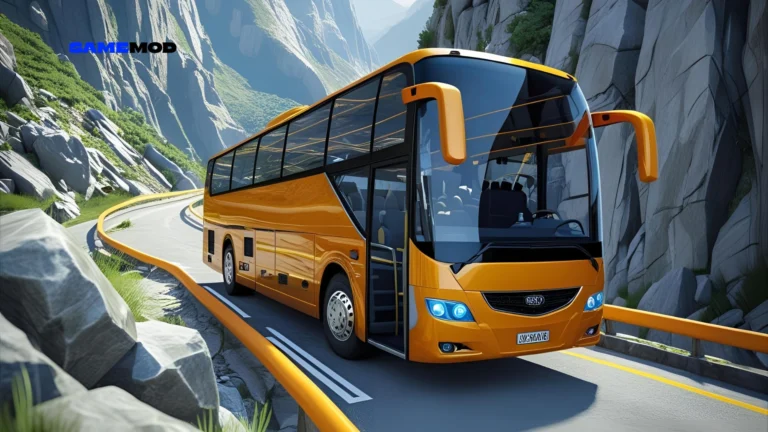Drive Speeding
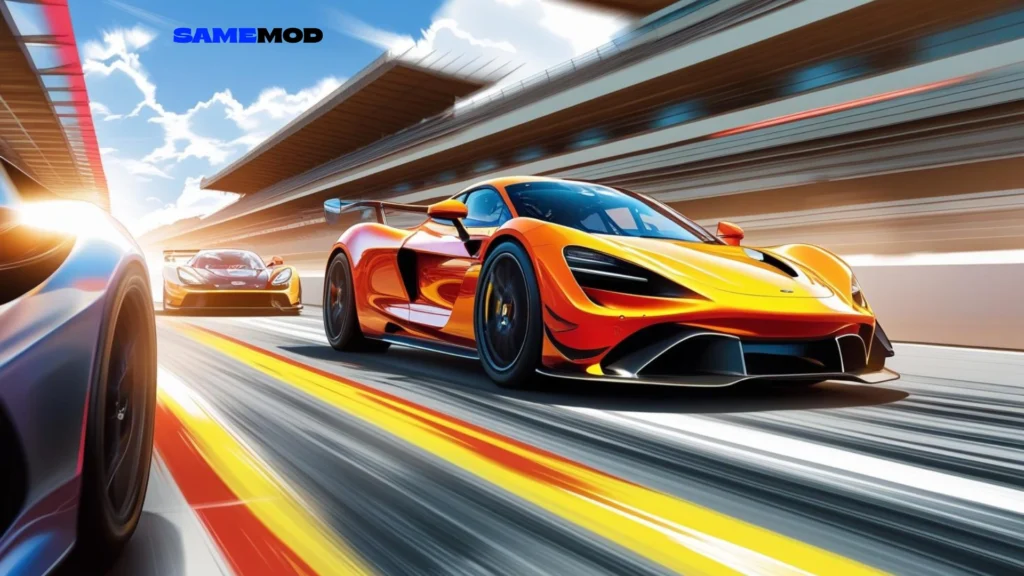
Players are pushed to the edge in Drive Speeding’s heart-pounding racing action. Additionally, this fast-paced adventure blends strategic gaming features with precise driving. While avoiding traffic and outwitting other racers, players traverse perilous routes. The game also has amazing visual effects that add to the immersive experience.
The two main mechanics are tactical decision-making and speed control. As a result, players have to strike a balance between cautious route planning and aggressive driving. Furthermore, every race has its own set of difficulties that put strategy and reflexes to the test.
Fundamental Gameplay Elements
Systems of Speed and Control
Dynamic speed controls are used in the game, and they react to user input quickly. Advanced physics engines, meanwhile, replicate realistic vehicle behavior on a variety of terrains. Players keep accurate steering control while accelerating via several gear changes. Therefore, becoming proficient in these mechanics is crucial for success in competition.
- Brake Management: Regulates deceleration for the best cornering performance;
- Precision Steering: Permits sharp turns without losing momentum;
- Turbo Boost: Activates momentary speed increases during crucial moments;
- Gear Shifting: Manual transmission options for seasoned players
Navigating Traffic
Throughout each race, barriers created by dense traffic patterns change continuously. However, proficient gamers maneuver between cars with a millimeter’s accuracy. AI-controlled vehicles also have erratic movement patterns that necessitate fast responses. As a result, predicting changes in traffic flow is essential for effective navigation.
Racetracks and Environments in Drive Speeding
Systems of Urban Highways
City highways have many lanes and see a lot of both business and residential traffic. Additionally, temporary obstacles added by construction zones necessitate last-minute route changes. Furthermore, sight and traction are greatly impacted by meteorological conditions like rain and fog. As a result, players modify their driving tactics in response to external circumstances.
Routes to Mountain Passes
Vehicle handling is made more difficult by the elevation changes and abrupt turns seen on winding mountain routes. Additionally, there is less opportunity for error when performing high-speed maneuvers due to the limited tunnels. In addition, picturesque vistas offer quick breaks prior to strenuous descending portions. As a result, these circuits favor smooth driving over speed alone.
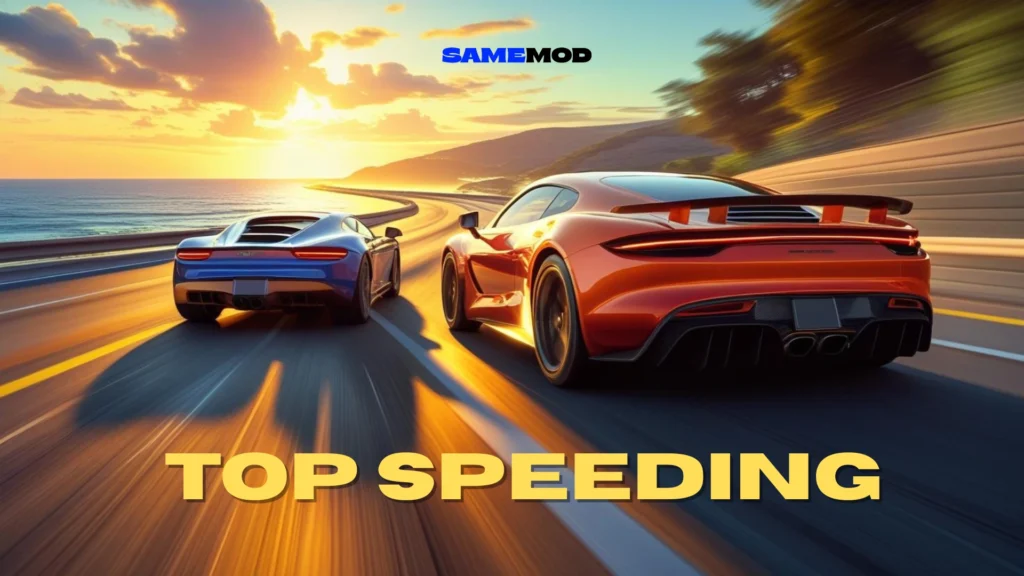
Options for Customizing a Vehicle
Enhancements in Performance
Players use extensive modification techniques to improve their cars. Engine improvements, meanwhile, boost acceleration and top speed. Better handling is also possible during strong cornering maneuvers thanks to suspension upgrades. Brake improvements then provide dependable stopping power at high speeds.
Visual Personalization
A wide range of visual customization is possible with paint schemes and decal possibilities. Aerodynamic performance and appearance are also impacted by spoiler and body kit adjustments. Additionally, wheel choices affect both grip levels and aesthetic appeal at the same time. As a result, customisation has both practical and aesthetic uses.
Features of Competitive Multiplayer
Racing Leagues Online
Players compete against knowledgeable opponents from across the world in organized tournament systems. Additionally, rating systems make sure that matches with varying skill levels are balanced. Seasonal championships can provide top performers access to special prizes. As a result, competitive play keeps players interested over time by posing increasing obstacles.
Competitions Based on Teams
Team members are encouraged to work strategically together in cooperative racing scenarios. Furthermore, throughout prolonged events, relay races necessitate smooth driver transfers. Furthermore, individual results are combined into collective score systems for team titles. Therefore, both individual ability and teamwork are necessary for success.
System of Progression and Rewards
Advancement in Career Mode
Players are led through more challenging racing courses via single-player missions. In the meantime, narrative components provide a competitive accomplishments perspective and inspiration. Throughout the trip, mentor characters also provide driving assistance and strategic counsel. Skill development then happens organically through planned growth.
Unlocking Achievements
Milestone-based incentives honor particular achievements and noteworthy deeds. Rare vehicle unlocks also encourage gamers to finish difficult tasks. Additionally, cosmetic goods allow other players to see a player’s accomplishments. As a result, the incentive structure promotes both learning and experimentation.
Innovation and Advanced Features
Systems of Dynamic Weather
Track conditions and vehicle performance characteristics are impacted by real-time weather changes. Additionally, adaptive AI modifies difficulty according on player skill and ambient variables. Day-night cycles also affect patterns of traffic density and visibility. As a result, races seem new and surprising every time you play them.
Engine for Realistic Physics
Authentic crash sequences and damage modeling are guaranteed via sophisticated collision detection. Furthermore, grip levels during prolonged racing sessions are impacted by tire degradation. Longer race forms also have strategic factors due to fuel use. Players must therefore take into account more factors than only speed enhancement.
Drive Speeding’s cutting-edge features and captivating settings revolutionize conventional racing games. In the end, this mix produces a thrilling, fast-paced experience that tests players constantly.


